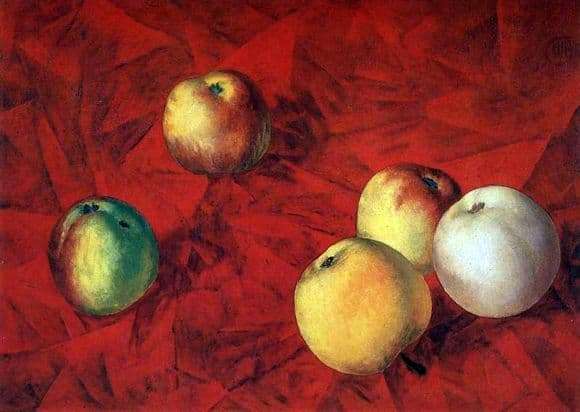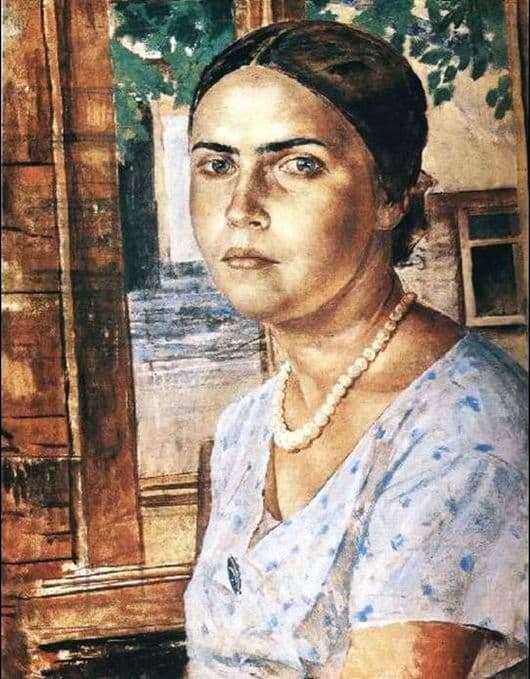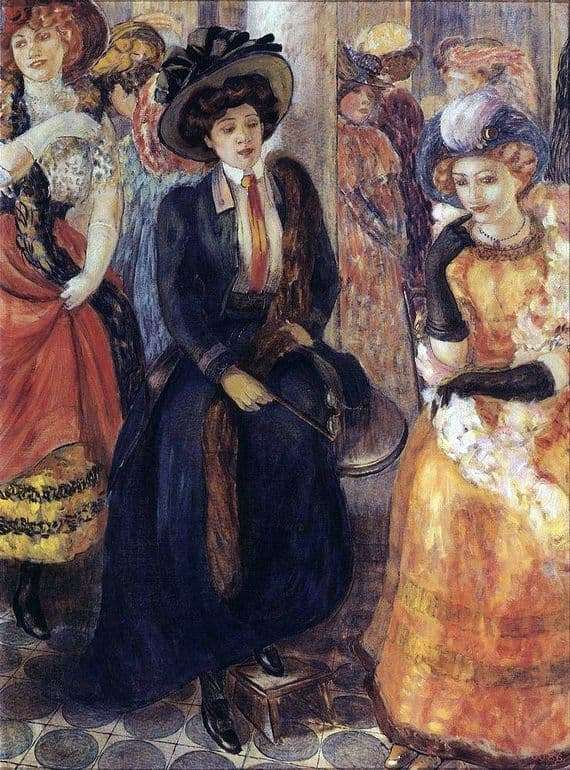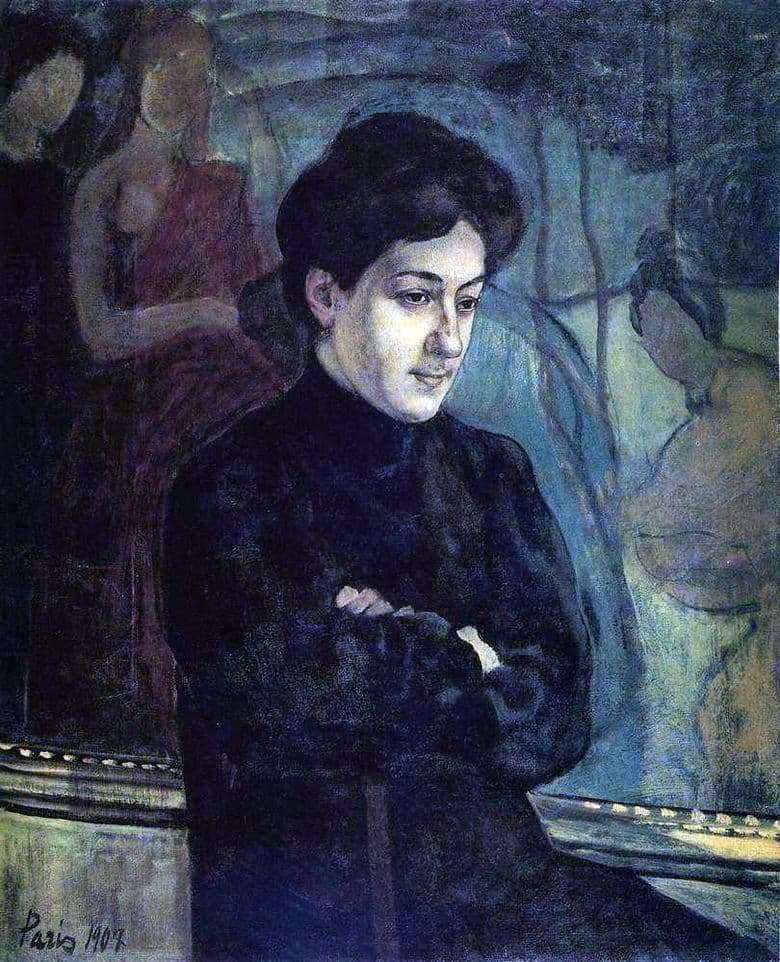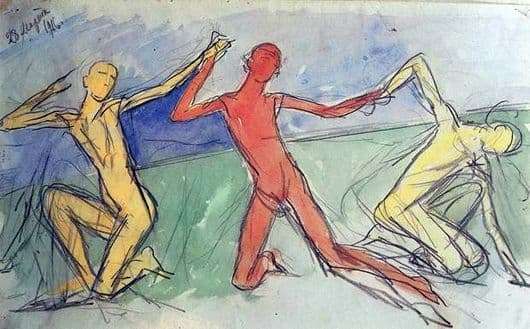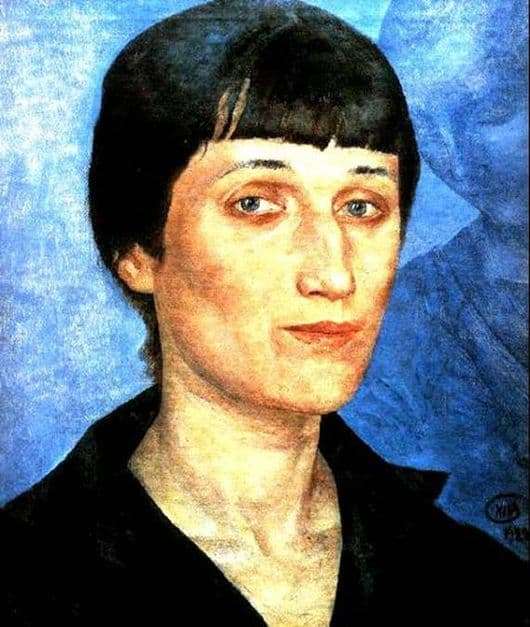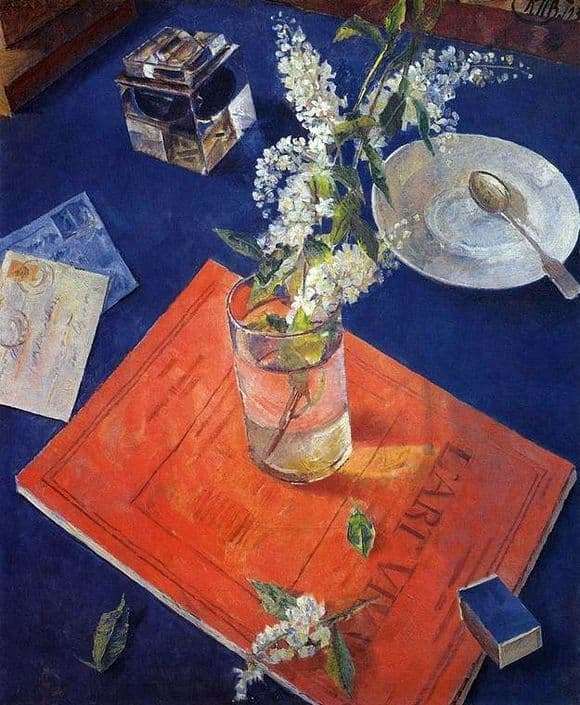
What is presented to the eyes of the viewer? Chaotic scattered objects surrounding a branch of bird cherry. White flowers are contrasted with ordinariness and simplicity of composition. The artist tries to present habitual things in a new way, resorting to color and textured contrast of objects. Petrov-Vodkin paid special attention to works in the genre of still life and spoke of them as “one of the sharp conversations of the painter with nature.” And the truth is that, despite the lack of a visible connection between the objects of the composition, the picture radiates harmony.
Chaos, captured on the table, is viewed from above and clearly limited to the canvas. Things are connected by a single space. View “in full view” allows you to note the strict order and “independence” of objects in the arrangement. A book under a glass of water with a bright spot breaks through and breaks the overall color scheme. A spattered and uncleaned saucer with a spoon in the right corner seems superfluous. Two letters and an inkwell call for a reply. A small box lonely rolls down below, almost imperceptible at first glance at the drawing. And over all this “rubbish” the fragrance and beauty of flowers extend.
What is particularly unique and vividly manifested in this work is a special version of the perspective, conveyed by the artist. The whole still life is seen as from above, an unusual three-dimensional image is created. All details of the group are interspersed, hiding one after the other, but, along with this, they are on the same plane. This is wrong, because it turns out that everything that is visible to the eye should slide down. But it is precisely in this opposition that the peculiarity of the painting and the work of Petrov-Vodkin lies. This gives rise to the tension of the atmosphere and the elasticity of space, with which he so skillfully juggles.
Many did not accept and did not understand this vision of the master. But the artist remained true to himself, constantly being in search of so-called “moving” visibility. Petrov-Vodkin was eager to expand the artistic boundaries of his paintings. Departing from the spherical and classical perspectives in the works, he resorted, in fact, to the transformation of the artistic world, the extraction of the new by curvature and the violation of the correctness of the academic rules for building perspectives.
Description of the painting by Kuzma Petrov-Vodkin “Prunus in a glass”
